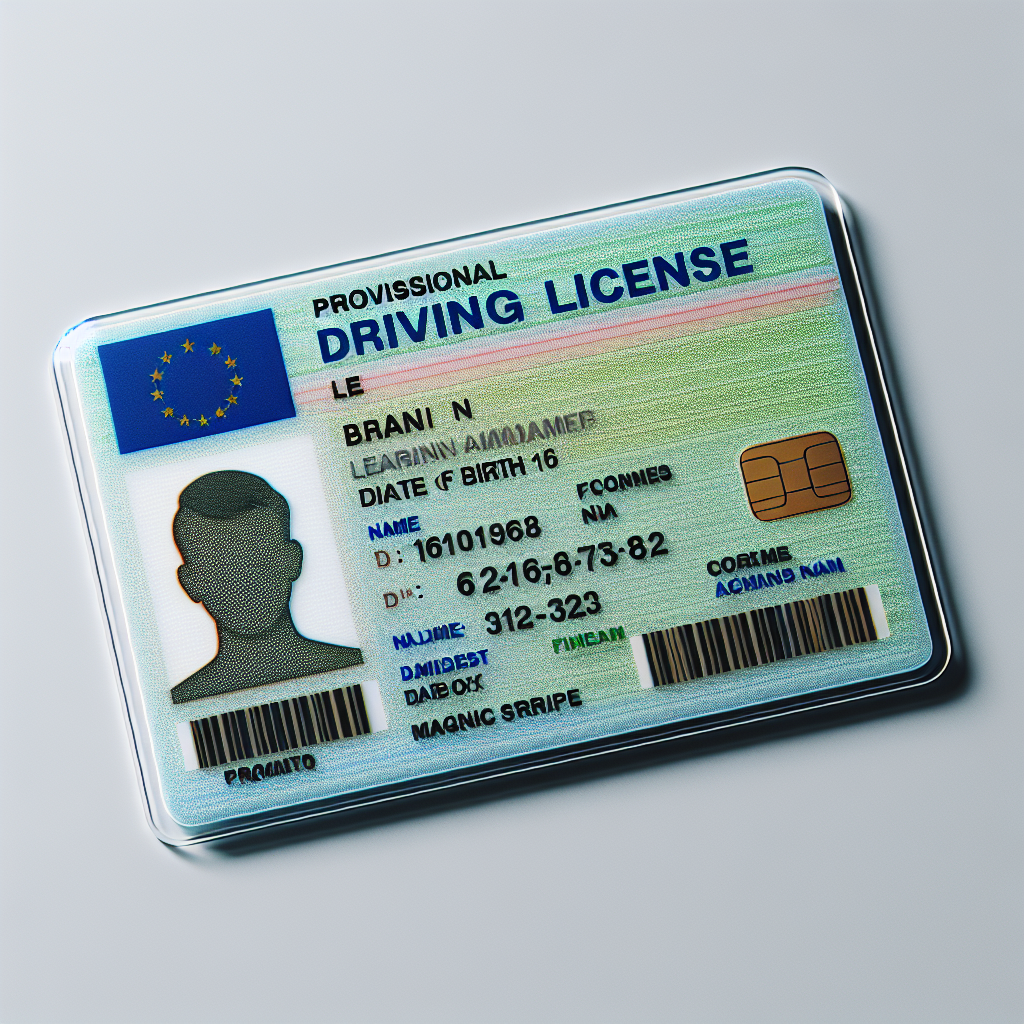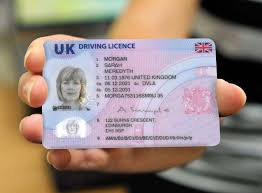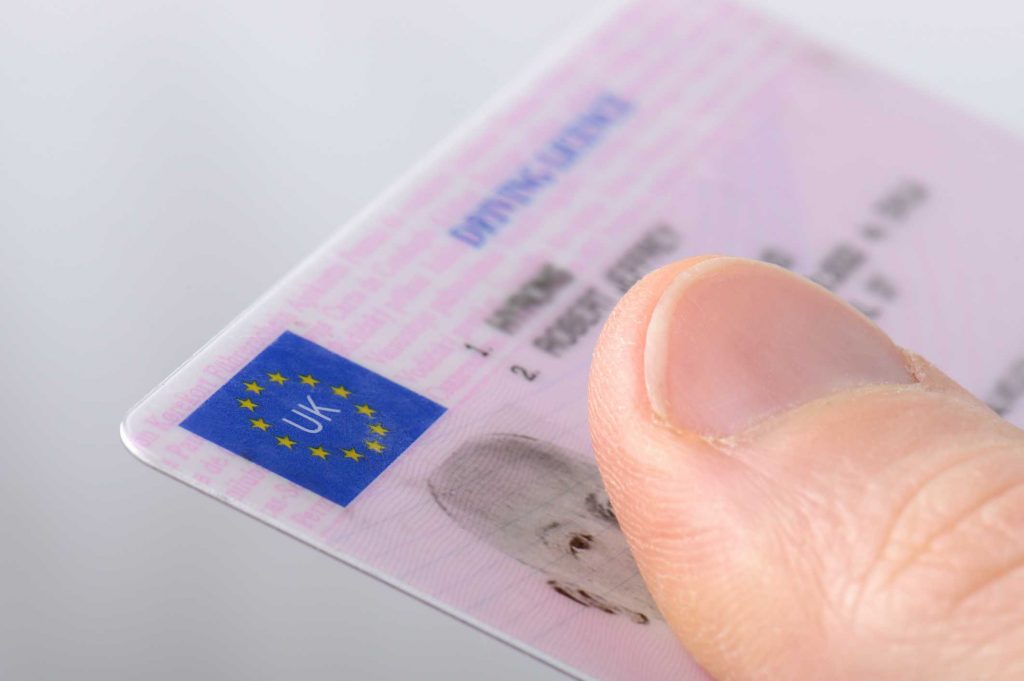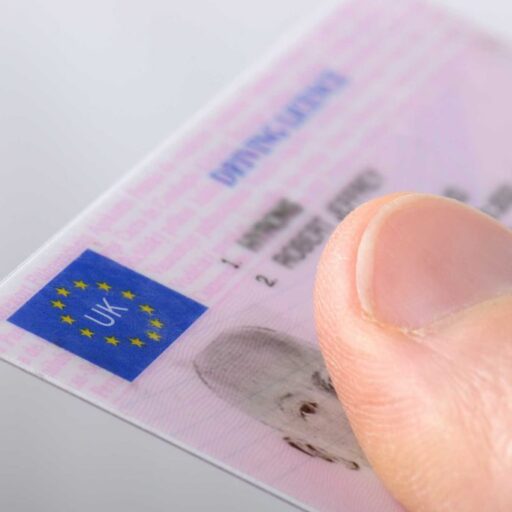Provisional License Best ultimate Guide/ Apply Now
Knowing Provisional License
Before you can get behind the wheel and learn to drive and apply for a provisional license you’ll need to apply for your provisional driving licence. You’ll also need to take out the right level of car insurance. Our guide explains what you need to know about both.
The provisional driving licence allows you to drive on all UK roads except motorways before you pass your driving test. But you must be supervised by your driving instructor or any other driver over the age of 21 who has held a full driving licence for at least three years.
You will need your provisional driving licence when you take your theory test and practical driving test, as well as for your first driving lesson.
Navigating the road to becoming a licensed driver can be complex. It’s a journey filled with learning, practice, and responsibility.
One crucial step in this process is obtaining a provisional license. This license serves as a bridge between being a learner and becoming a fully licensed driver.
But what exactly is a provisional license? How does it differ from a learner’s permit or a probationary license?
This guide aims to answer these questions and more. It provides a comprehensive understanding of provisional licenses, their role in the graduated licensing system, and the responsibilities they entail.
Whether you’re a new driver, a parent, or simply interested in understanding the licensing process, this guide is for you.
Let’s embark on this journey to understanding provisional licenses together.
What is a Provisional License?
A provisional license is an important step in the graduated licensing system. It acts as an intermediate license for new drivers.
This type of license allows drivers to gain real-world driving experience. While driving with a provisional license, drivers still practice under certain restrictions.
Provisional licenses are designed to promote safety and responsibility. They help new drivers adjust to driving independently.
The license provides a period where new drivers can develop their skills. During this time, they transition from a structured environment to driving alone.
This stage is crucial in building confidence and competence on the road. In essence, a provisional license is an essential tool for safe driving.
Provisional License vs. Learner’s Permit vs. Probationary License
Understanding the differences between these licenses is key for new drivers. Each one has its unique role in the licensing process.
A learner’s permit is typically the first step. It allows beginners to drive under supervision. This permit is crucial for building basic driving skills.
The provisional license comes next. It offers more freedom than a learner’s permit but includes restrictions to ensure safety. This stage lets drivers practice real-world driving.
A probationary license is similar to a provisional license in some regions. It may offer more leniency but still includes certain conditions to encourage responsible driving.
Here’s a brief comparison:
- Learner’s Permit: Supervised driving only.
- Provisional License: Unsupervised driving with restrictions.
- Probationary License: Similar to provisional but may allow more independence.
These licenses form a step-by-step process towards achieving a full driver’s license. Understanding each step helps drivers prepare effectively for safe driving.
Eligibility and Requirements for a Provisional License
To obtain a provisional license, applicants must meet several criteria. Age is often a primary factor, generally requiring candidates to be at least 16 years old.
Before applying, a learner’s permit must usually be held for a set period. This ensures adequate time for supervised practice driving.
Driver’s education courses are typically required as well. These courses provide essential road safety knowledge and prepare the candidate for driving challenges.
Documentation is necessary for application. Common documents include proof of age, residency, and completion of driving education.
Passing a driving test is essential to earn a provisional license. This practical test evaluates the driver’s ability to handle real road scenarios safely.
Steps to Acquiring a Provisional License
Securing a provisional license involves several key steps. Preparation and understanding are essential for a smooth process.
First, gather the necessary documents. These typically include identity proofs and education certificates.
Next, complete a driver’s education course. This provides crucial knowledge about road safety and rules.
Then, apply for your learner’s permit. It’s a preliminary step that must be accomplished before pursuing a provisional license.
Lastly, schedule and pass the driving test. Success here demonstrates your readiness to handle driving responsibilities independently.
Ensure each step is fulfilled to move forward to a provisional license.
Restrictions and Responsibilities of Provisional License Holders
Holding a provisional license comes with specific restrictions aimed at promoting road safety. These rules ensure new drivers gain experience under controlled conditions.
One common restriction is a driving curfew. Many jurisdictions prohibit provisional drivers from operating vehicles late at night.
Passenger limits are another frequent restriction. New drivers often face limits on the number of passengers they can carry.
These limits minimize distractions. They help drivers focus on developing safe habits on the road.
A markdown list below outlines some typical restrictions:
- No driving between specific nighttime hours.
- Limits on the number of young passengers.
- Prohibition from using cell phones while driving.
- Requirement to use seat belts at all times.
These restrictions aim to reduce risks associated with inexperience. Violating them can result in penalties or license suspension.
Provisional license holders must embrace their responsibilities. Adhering to these rules fosters long-term driving success and safety.

The Role of Supervised Driving Hours
Supervised driving hours are crucial in the learning process for new drivers. These hours provide practical experience under the watchful eye of a skilled driver.
Experienced supervision helps reinforce safe driving practices. It allows new drivers to learn from guidance and feedback in real-time.
Spending adequate time behind the wheel builds confidence. It also ensures new drivers are comfortable handling various road scenarios.
The accumulated experience from supervised hours is invaluable. It aids in preparing learners for the challenges of independent driving.
Transitioning to a Full Driver’s License
The transition from a provisional license to a full driver’s license is a significant achievement. It requires meeting set criteria, often including a test.
Provisional license holders must display a track record of responsible driving. Following the rules during the provisional period is crucial.
Many regions require a set duration with the provisional license before applying for full licensure. This period helps ensure readiness for unrestricted driving.
Successfully passing any required tests is the next step. These tests may evaluate road skills and knowledge of driving laws.
Once these conditions are met, a full driver’s license is issued. This milestone marks greater freedom and responsibility on the road.
State-Specific Variations and How to Stay Informed
Provisional license rules vary by state. Each region has unique regulations regarding restrictions and requirements.
Staying informed about these differences is essential. Websites of local motor vehicle departments provide accurate information.
Attending driver’s education courses also helps keep you updated. Instructors often share state-specific licensing details.
Regularly checking for updates ensures compliance. Laws can change, impacting your driving privileges. Staying informed helps avoid any surprises.
The Impact of Provisional Licenses on Road Safety
Provisional licenses play a crucial role in enhancing road safety. These licenses ensure that new drivers acquire experience gradually.
The restrictions reduce the likelihood of accidents. Young drivers are often prone to risky behavior, but limitations help curb this.
The graduated system introduces driving in stages. This approach allows teenagers to learn and adapt at a slower pace.
Research shows a decrease in accident rates. States with stringent provisional regulations often report fewer road incidents.
Provisional licenses foster responsible driving habits. By instilling discipline early, they contribute to safer roads for everyone.
Table of Contents
- What is a provisional driving licence?
- When can I apply for a provisional driving licence?
- How can I apply for a provisional driving licence?
- Declaring medical conditions on your application
- How much does a provisional driving licence cost?
- What does a provisional driving licence allow me to do?
- How long is my provisional driving licence valid for?
- Do I need car insurance with a provisional driving licence?
- What level of cover do I need?
- How can I reduce the cost of provisional driving licence car insurance?
- What happens when I pass my test?
Show more Show less
Before you can get behind the wheel and learn to drive, you’ll need to apply for your provisional driving licence. You’ll also need to take out the right level of car insurance. Our guide explains what you need to know about both.
The provisional driving licence allows you to drive on all UK roads except motorways before you pass your driving test. But you must be supervised by your driving instructor or any other driver over the age of 21 who has held a full driving licence for at least three years.
You will need your provisional driving licence when you take your theory test and practical driving test, as well as for your first driving lesson.
Tips for Success as a Provisional License Holder
Being successful with a provisional license involves responsibility. Practicing safe driving habits is essential for new drivers.
Staying focused on the road is important. Distracted driving increases the risk of accidents and should be avoided.
Consistently following traffic rules is crucial. Adhering to regulations helps maintain a clean driving record and stay safe.
Consider the following tips to enhance driving skills:
- Complete defensive driving courses.
- Keep a driving log for honest record-keeping.
- Limit distractions, such as mobile devices.
- Practice in various weather conditions.
- Take advice from experienced drivers.
Being prepared for emergencies can make a difference. Knowing how to handle breakdowns or traffic stops adds confidence.
Regularly check your vehicle’s condition. This ensures smooth operation and prevents unexpected failures on the road.
Conclusion: Embracing the Journey to Full Licensure
Obtaining a provisional license is a significant step for any new driver. It marks the beginning of a path filled with learning and growth.
By adhering to the rules and practicing safe driving, you pave the way to earning a full driver’s license. Embrace this journey to driving independence with confidence and responsibility.



